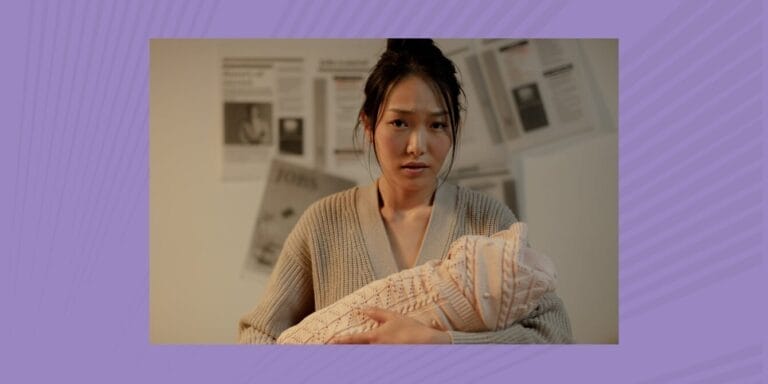Ditch the labels: 4 steps to develop your child’s self-confidence

You wouldn’t intentionally put your children down or stifle their growth. This can happen if you use labels.
Identities are forged early in life. Labels often cement them, not always for the good.
What were your labels growing up? Were you the good one, the fat one, the skinny one, the smart one, the athlete? The one with ADD, the outspoken one, the shy one, the messy one, the risk-taker?
When asked to describe yourself, many of you will use a childhood label. Maybe you feel like you’ve been boxed in by labels your whole life.
The upside of certain labels, is that they are shorthand to describe a bigger picture. In conversation, we no longer have to say that someone is inattentive, can’t sit still or is impulsive. Now we call it ADHD. Everyone has a basic idea of what that means.
The problem arises when a label becomes your identity. I am the older of two children. I was the quiet one, the good one, the sensitive one. Still am. Everyone joked that all it took was a sideways look to make me cry.
My brother is the one who pushed back, the rebel, the risk-taker (relatively speaking). He talked about buying a motorcycle and joining the military. (He bought the motorcycle, but did not enlist).
One year he had to go to summer school, not because the subject was so difficult, but because he slacked off. (I could never let that happen; I was ‘the good one’. Trust me, it’s not always a blessing.)
Unfortunately, the bottom line is that when you label children they usually take it to heart and see themselves as the label. That identity can become deeply ingrained, defining their place in family and relationships, and how they show up in the world. The children learn how they are seen by others, without learning who they really are.
Children take their cues from the adults in their life. They trust that those adults are speaking the truth and they take it seriously. And they carry it for life.
You want your children to have a wonderful life, full of variety, accomplishments and satisfying relationships. You tell them they can have, be and do anything. Putting them in a box with labels creates just the opposite, stunting their emotional growth and keeping them from uncovering their strengths. Staying in the box keeps them from discovering what makes them unique. (Watch the video of “Little Boxes” by Pete Seeger.)
Some children take the label and use it as an excuse for withdrawing or not applying themselves:
- I’m such a klutz, I’ll never be any good at football. Why bother?
- ADD/LD is why I can’t do this.
- I’m shy, so why put myself in the uncomfortable position of meeting new people?
- I’m the screw-up in the family. They don’t believe I’ll do anything good. If my own family doesn’t believe in me, I guess it must be true.
You wouldn’t intentionally put your children down or stifle their growth. This can happen if you use labels.
Practice this instead:
1. Observe yourself. Notice when you are using any kind of label.
2. Observe the kids, carefully. Watch for verbal, physical and energetic changes.
3. Notice patterns. Which of your child’s attitudes and behaviors trigger you to use the label?
4. Change your perspective and words. Remember that words are powerful and that your child is doing the best she can (even though it may not seem that way). Respond with an observation of a specific instance, rather than a generalization (the label).
What does #4 sound like?
Replace: You’re such a procrastinator. Why can’t you just get it done?
With: You seem to have trouble getting started. What would be helpful right now
Replace: You’re shy.
With: I see how uncomfortable you are with people you don’t know well.
If there’s something familiar about these examples, it’s because you’ve seen this technique before. It’s called acknowledging, or reflecting. You’re describing what you see at a given moment. There is no judgment, criticism or fixing. There is no labeling, simply a statement of fact. The key is going from the global to the specific and how you express it.
When you stop using labels, you let your child out of the box. She is freer to explore herself and her world, without self-judgment and limiting beliefs.
Originally posted on Fern Weiss.


































